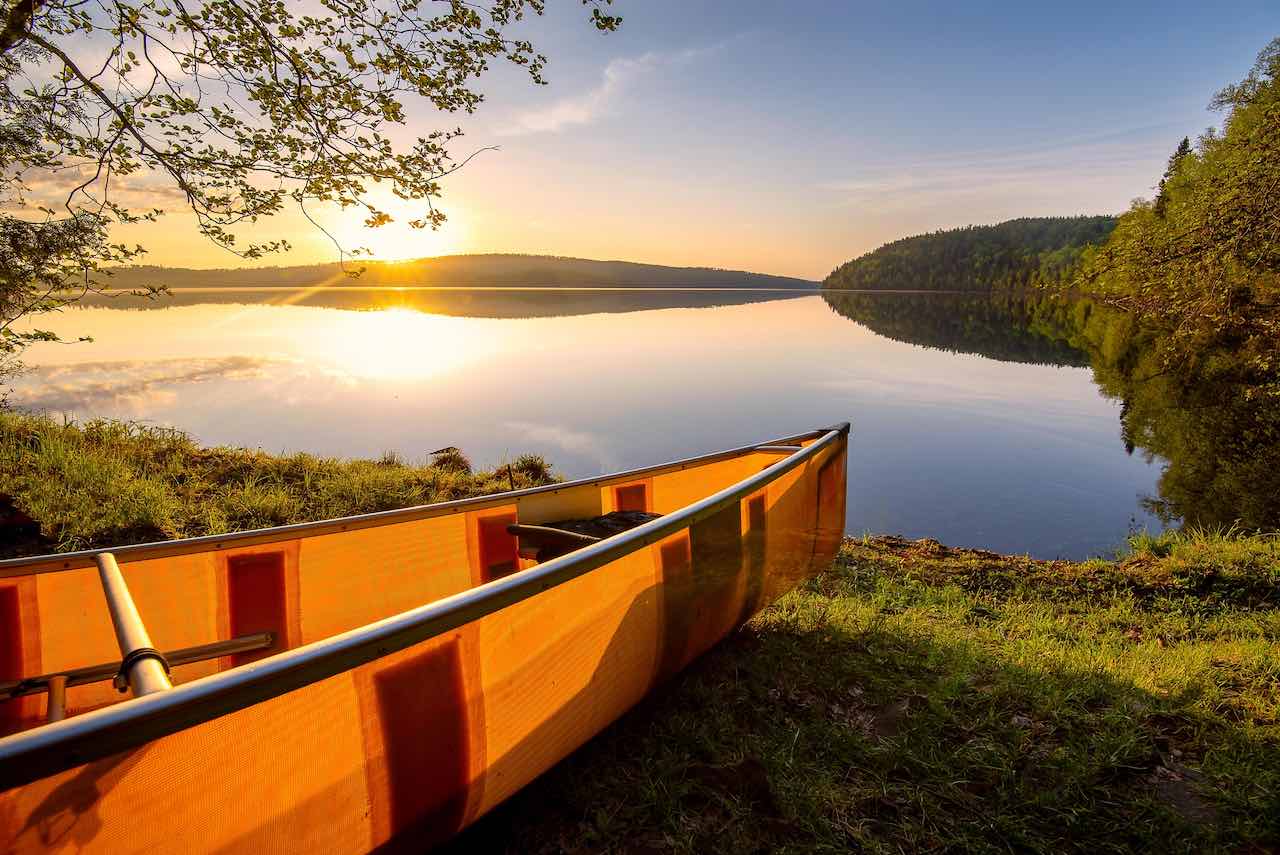Looking to disconnect from the grid and embrace a self-sustainable lifestyle? Well, Minnesota might just be the perfect place for you. With its abundance of natural resources and low cost of living, this state offers good options for off-grid living. While the long and brutal winters in the northern parts can be challenging, the southern and southwestern areas have milder climates, making them more suitable for off-grid living. Hennepin County, despite its high population density, still has areas in the southern parts where off-grid living is possible. Freeborn, Nobles, Lincoln, Saint Louis, Pipestone, and Rock Counties all offer low population density, affordable land, and potential for self-sustaining lifestyles. Plus, with the support and resource exchange from off-grid communities in Minnesota, you’ll find a strong sense of community as you embark on this unique lifestyle. Just make sure to do your research on local regulations and permits to ensure a smooth transition to off-grid living.
Best Places for Off-Grid Living in Minnesota
If you’re considering living off-grid in Minnesota, you’re in luck because there are plenty of great options to choose from. The best places for off-grid living in Minnesota include Hennepin County, Freeborn County, Nobles County, Lincoln County, Saint Louis County, Pipestone County, and Rock County. Each of these counties offers unique advantages and opportunities for a self-sustaining lifestyle.
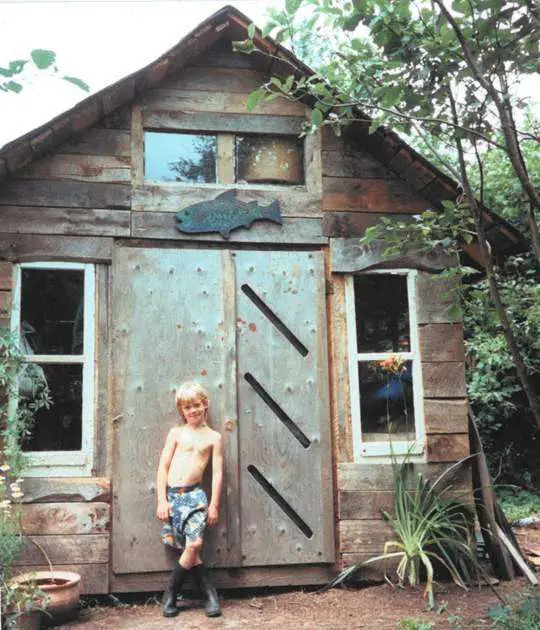
Climate in Minnesota
Before diving into the specific counties, it’s important to understand the climate in Minnesota and how it can impact off-grid living. Minnesota is known for its long and brutal winters, particularly in the northern parts of the state. These harsh winters can pose challenges for off-grid living, such as the increased need for heating and the potential for snowfall that can affect access to resources.
However, the southern and southwestern parts of Minnesota have milder climates, making them more suitable for off-grid living. These areas experience shorter and less severe winters, which can make it easier to maintain energy and water supplies throughout the year.
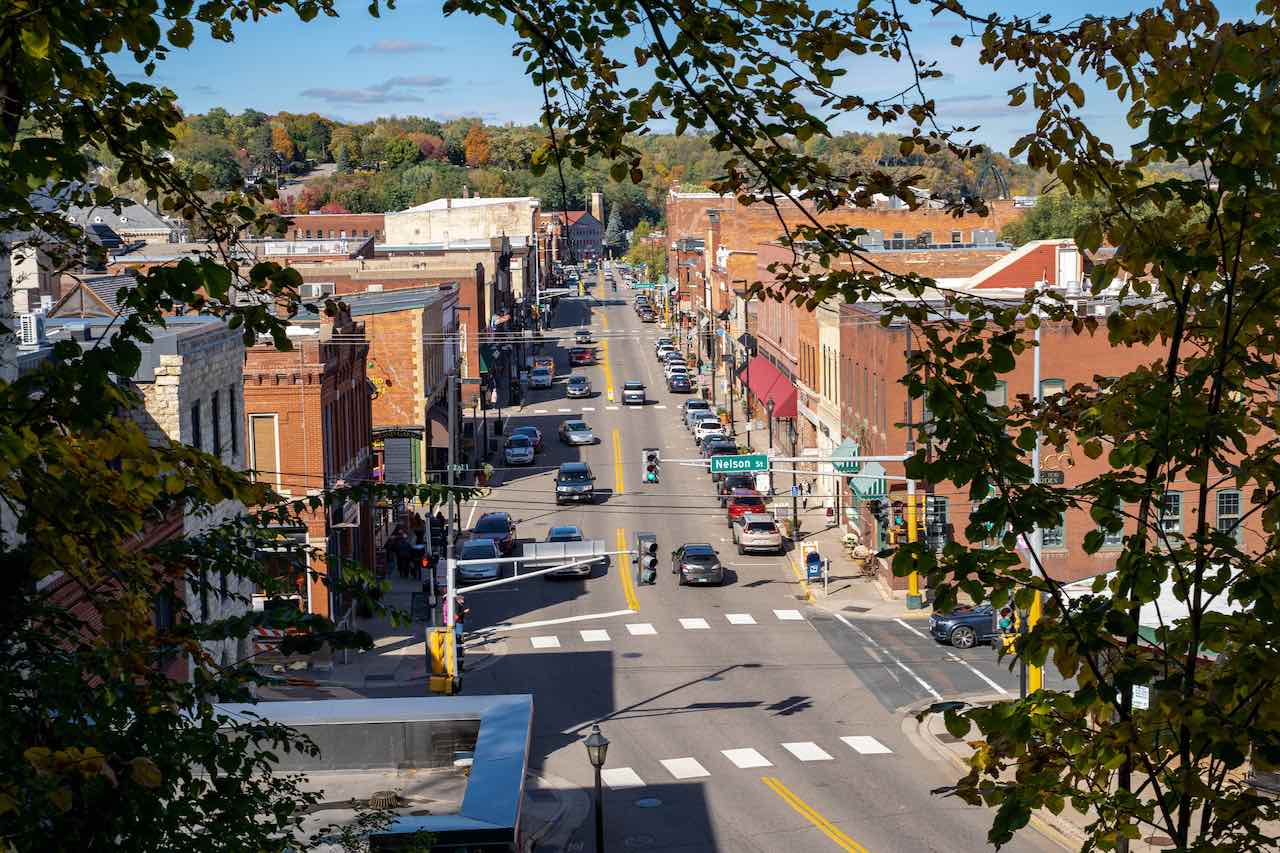
Reasons to Choose Minnesota for Off-Grid Living
Now let’s explore why Minnesota is a great choice for off-grid living. The state offers an abundance of natural resources, including lakes, forests, and fertile soil. These resources can support a self-sustaining lifestyle, providing opportunities for fishing, hunting, foraging, and agriculture. With such rich natural resources, you’ll have plenty of options to rely on for your food and energy needs.
Minnesota’s four distinct seasons also provide year-round food production and gardening opportunities. From spring planting to summer harvest to fall preservation, you can make the most of the growing season and stock up on food for the colder months. Plus, with the right techniques and preparations, you can even extend your gardening season through the winter using indoor or protected growing methods.
Another appealing aspect of off-grid living in Minnesota is the supportive off-grid communities. These communities are made up of like-minded individuals who are living off the grid or interested in doing so. They provide a platform for knowledge sharing, resource exchange, and mutual support. Joining an off-grid community can help you navigate the challenges of this lifestyle and build connections with others who are on a similar path.
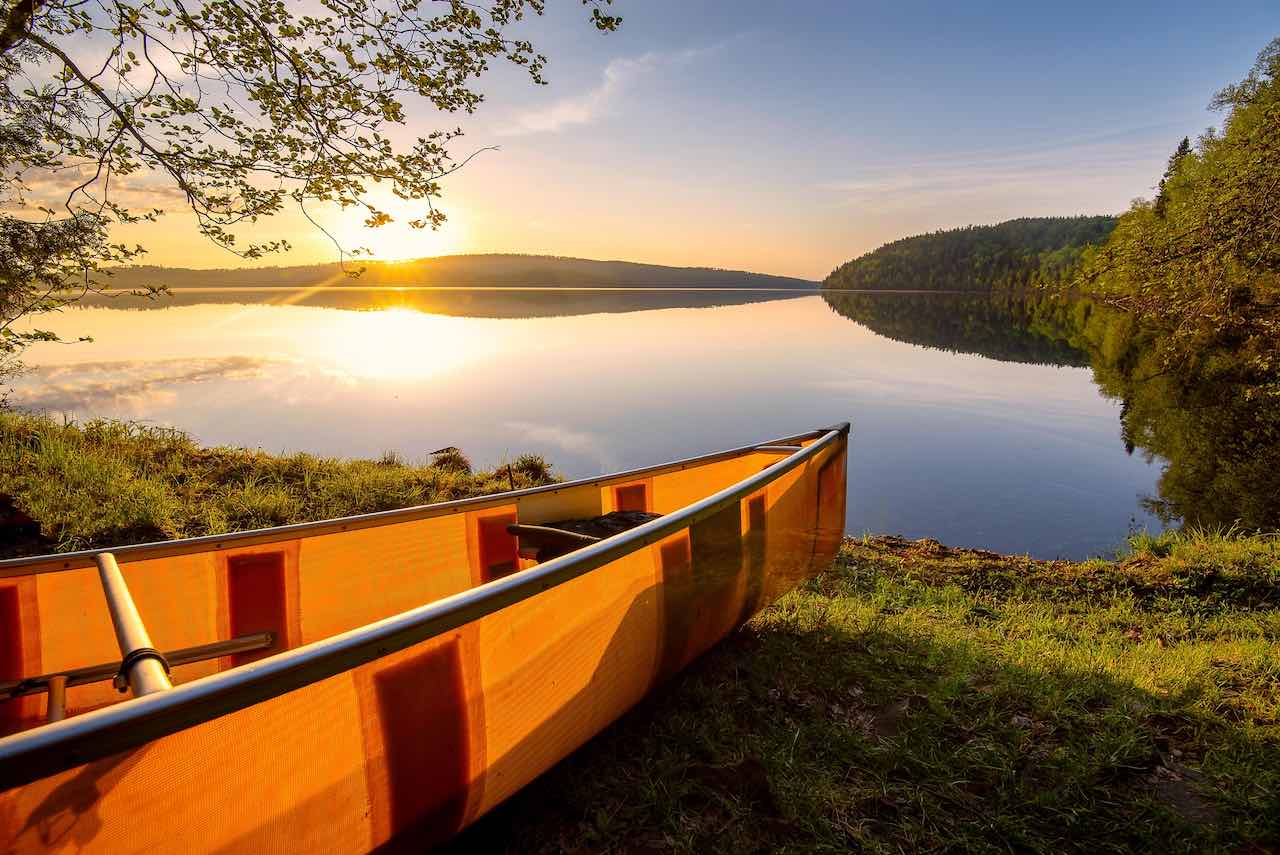
Factors to Consider when Choosing a Location for Off-Grid Living
When choosing a location for off-grid living in Minnesota, there are several important factors to consider:
Land Availability
First and foremost, you’ll need to find a property that is suitable for off-grid living. Look for land that offers the space and resources necessary for your self-sustaining lifestyle. Consider factors such as the size of the property, the presence of forests or water sources, and the potential for agriculture.
Solar Exposure
Solar power is often a key component of off-grid living. When selecting a location, assess the solar exposure of the area. Look for properties with ample sunlight throughout the day to ensure your solar panels can generate enough energy to meet your needs.
Access to Water Sources
Access to water is crucial for off-grid living. Consider the availability of wells, ponds, streams, or other water sources on or near the property. Additionally, investigate the quality of the water and whether filtration or treatment systems will be necessary.
Proximity to Essential Services
While off-grid living is all about self-sufficiency, it’s still important to consider proximity to essential services. Assess the distance to grocery stores, medical facilities, and other necessary amenities. Being closer to these services can provide a sense of security and convenience.
Local Regulations and Permits
Before committing to a specific location, research the local regulations and permits that may be required for off-grid living. Some areas may have restrictions or requirements regarding alternative energy systems, waste disposal, or other aspects of off-grid living. Understanding these regulations will ensure that you can legally and safely live off-grid in your chosen location.
Best Options for Off-Grid Living in Minnesota
Now that we’ve discussed the factors to consider when choosing a location for off-grid living, let’s explore the best options within Minnesota:
Hennepin County
Hennepin County may seem like an unexpected choice due to its high population density, but there are areas in the southern parts of the county that are suitable for off-grid living. These areas offer a balance between natural beauty and accessibility to essential services.
Freeborn County
Freeborn County is an excellent choice for off-grid living due to its low population density and affordable land. The county offers plenty of open space, making it ideal for those looking to establish a homestead and live a self-sustaining lifestyle.
Nobles County
Nobles County boasts a mild climate and low population density, making it an attractive option for off-grid living. The county’s favorable weather conditions make it easier to maintain energy and water supplies throughout the year.
Lincoln County
Similar to Nobles County, Lincoln County offers a low population density and affordable land for off-grid living. The availability of affordable land provides an opportunity to establish a homestead and live a self-sufficient lifestyle.
Saint Louis County
Despite its challenging climate, Saint Louis County remains a popular choice for off-grid living due to its size and low population density. The county offers a vast expanse of land, giving you the freedom to find a secluded spot to create your off-grid oasis.
Pipestone County
Pipestone County, with its mild climate and low population density, provides an inviting environment for off-grid living. The county’s natural beauty and open spaces create an ideal setting for a self-sustaining lifestyle.
Rock County
Rock County is another county in Minnesota that offers a mild climate and low population density, making it a suitable choice for off-grid living. The county’s affordable land prices make it an attractive option for those looking to live off-grid.
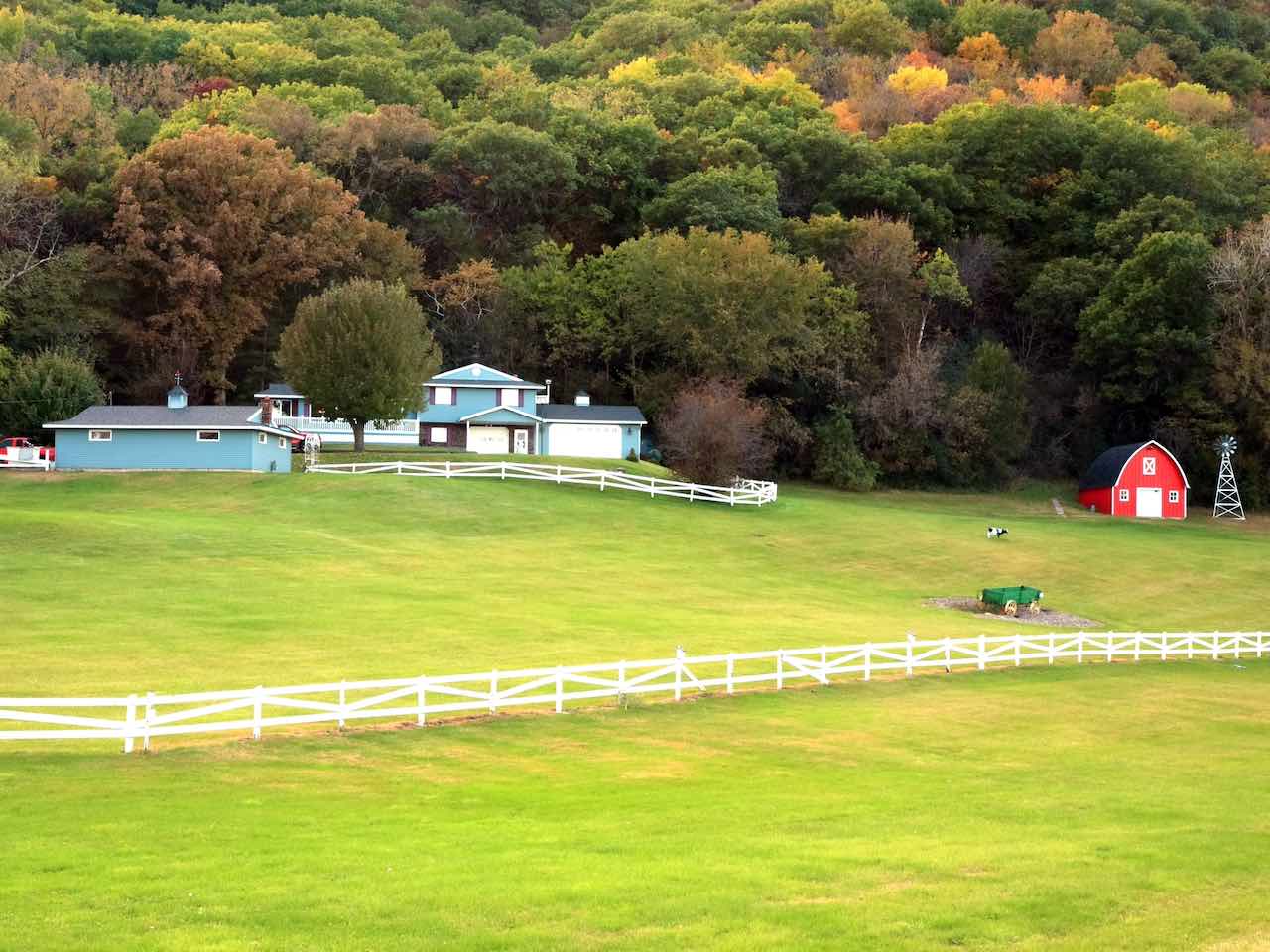
Amenities and Benefits of Off-Grid Communities in Minnesota
Lastly, let’s explore the amenities and benefits you can expect from off-grid communities in Minnesota:
Access to Abundant Natural Resources
Living in an off-grid community in Minnesota provides access to abundant natural resources. Whether it’s pristine lakes for fishing, lush forests for foraging, or fertile soil for gardening, you’ll have plenty of resources at your disposal to support your self-sustaining lifestyle.
Renewable Energy Options
Off-grid communities in Minnesota often have access to renewable energy options. From solar and wind power to hydroelectric and biomass systems, these communities are committed to sustainable living and reducing their environmental impact.
Shared Agricultural Resources
Off-grid communities understand the value of collaboration and resource sharing. Many communities have shared agricultural resources, such as community gardens or livestock cooperatives, to help residents supplement their food production and foster a sense of community.
Strong Sense of Community
Living off the grid can be isolating at times, but being part of an off-grid community in Minnesota can combat that. These communities offer a strong sense of camaraderie and support, allowing you to connect with others who share your values and experiences.
In conclusion, Minnesota offers plenty of options for off-grid living, with Hennepin County, Freeborn County, Nobles County, Lincoln County, Saint Louis County, Pipestone County, and Rock County being the best choices. Consider the climate, natural resources, and off-grid community support offered in each location when making your decision. With careful consideration, you can find the perfect place in Minnesota to embrace an off-grid lifestyle.

